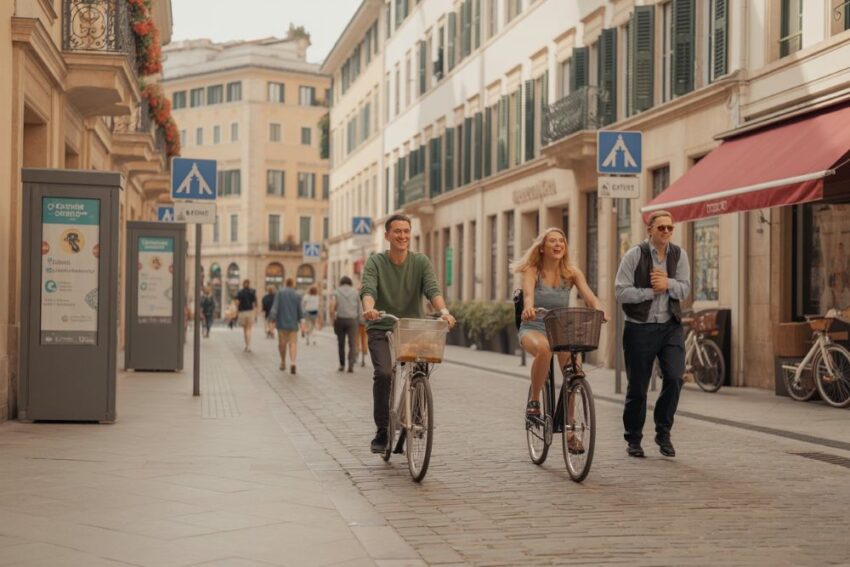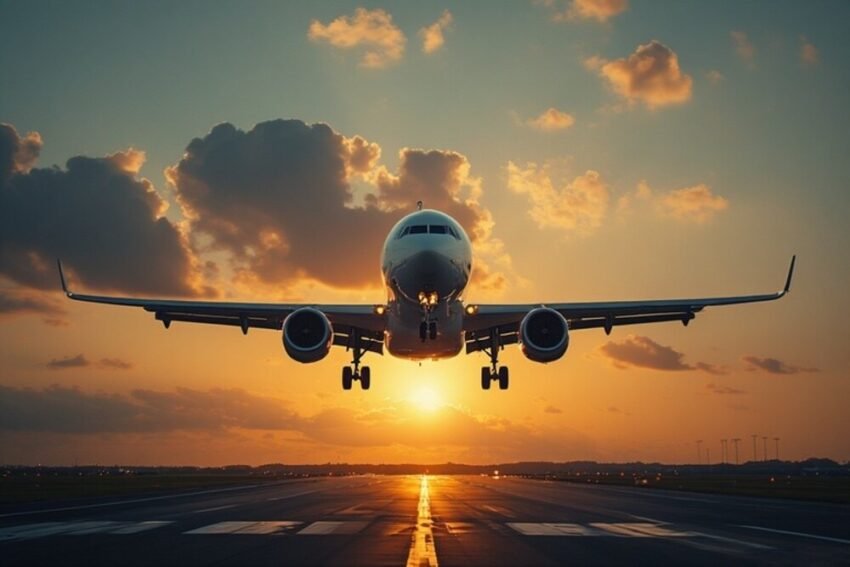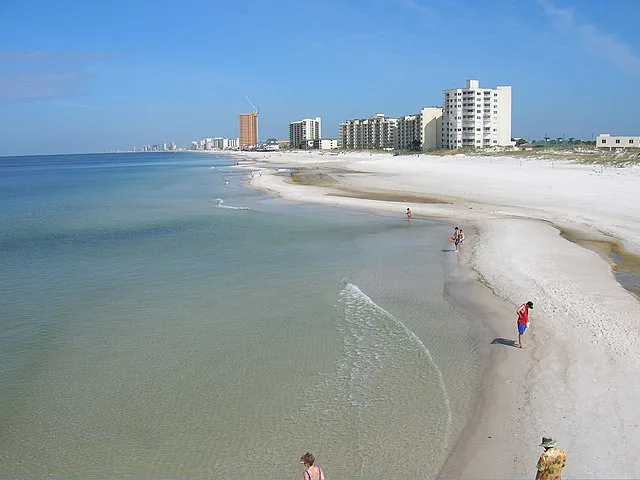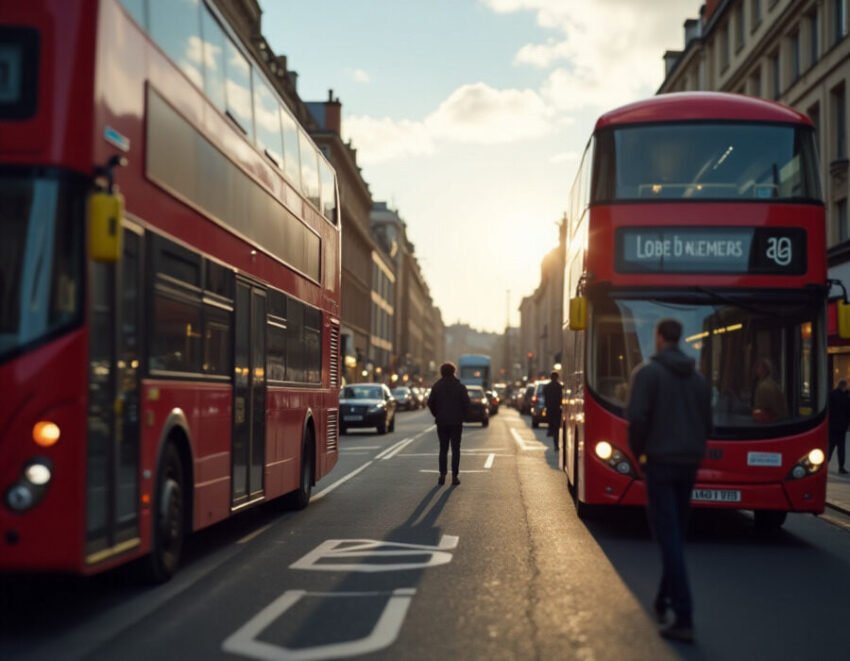Published on
August 21, 2025

Travel around the world is changing fast, and the European Union is busy lending a hand so that the tourism sector can come back stronger and greener. The new Sustainable EU Tourism – Shaping the Tourism of Tomorrow project just rolled out a handy toolkit that shows places all over Europe how to make the shift to green and tech-friendly travel. This all-in-one guide gives tourism pros the practical advice they need, showing them how to spread the word about their sustainability projects—and how to make sure their own plans fit right into the EU’s big-picture agenda.
A Resourceful Shift in Tourism
The launch of the toolkit is timely, as the tourism industry continues to recover from the widespread disruptions caused by the COVID-19 pandemic. The sector is experiencing a growing call for a new approach to travel, which includes rethinking how destinations are developed, how visitors engage, and how sustainability is integrated into every step of the journey. With an increasing number of travelers seeking eco-friendly and digitally enhanced experiences, the toolkit offers practical resources to help destinations meet this demand while contributing to the EU’s green and digital goals.
The European Commission’s initiative aims to provide tourism stakeholders with the tools they need to lead this shift. The toolkit includes ready-made content, real-life success stories, and downloadable resources to help destinations shape their communication strategies. By doing so, it encourages destinations to not only rethink how they promote travel but also engage in practices that align with the broader goals of sustainable development.
Driving Sustainability and Digital Innovation in Tourism
In line with the EU’s Green Deal and the digital transformation agenda, the toolkit offers destinations a clear framework for integrating sustainability into their tourism offerings. This is not only about offering environmentally conscious travel options but also ensuring that destinations utilize digital solutions to enhance both traveler experiences and operational efficiency. From the development of eco-friendly accommodations and tours to digital tools that streamline visitor management, the EU is pushing for a greener, smarter, and more resilient tourism sector.
The EU is not acting alone in this transition. The European Commission recently released its second stocktaking report on the Transition Pathway for Tourism, which highlights the progress made in these areas. The report shows that over 240 organizations have made more than 500 pledges in support of sustainable, resilient, and digital tourism. These pledges focus on various initiatives, from the adoption of renewable energy to implementing innovative digital tools that improve the visitor experience while minimizing environmental impact.
An example of such innovation is the CopenPay initiative from Wonderful Copenhagen. This initiative encourages tourists to engage in sustainable behaviors by rewarding them with cultural experiences in exchange for green actions, such as using public transport or participating in eco-friendly activities. These innovative programs show the potential of integrating sustainability with the traveler experience, offering a model for other destinations to follow.
Key Features of the Sustainable Tourism Toolkit
The toolkit itself contains a wide range of resources that tourism professionals can easily access and adapt to suit local needs and target audiences. Here’s a look at the key components:
Project Overview: An introductory section that explains the goals of the toolkit and how it supports the EU’s broader sustainability agenda.
Real-World Success Stories: A compilation of examples from destinations already leading the way in sustainable tourism practices. These stories highlight how different regions are integrating sustainability into their tourism offerings.
Practical Tips for Responsible Travel: An infographic that provides travelers with simple, actionable steps they can take to minimize their environmental footprint while traveling.
Visual Assets: Pre-designed social media posts, images, and infographics that destinations can use for online campaigns to raise awareness about sustainable travel.
Destination Success Stories: Four detailed case studies that provide in-depth insights into how destinations are successfully implementing sustainable and digital tourism practices.
These resources are invaluable for Destination Management Organizations (DMOs), local authorities, tourism boards, and other tourism professionals who are looking to integrate sustainability into their destination marketing strategies. Whether used in newsletters, social media campaigns, public presentations, or other communication channels, the toolkit is designed to be flexible and easily customizable for various audiences.
Tourism Professionals and the Path Ahead
For tourism professionals, this toolkit provides much-needed support in adapting to the demands of modern travelers who are increasingly focused on sustainability. The resources are not only about providing green travel options but also about effectively communicating these offerings to tourists, making them aware of the positive impact their choices can have.
Tourism boards and local authorities can utilize the toolkit to educate both visitors and industry peers about responsible travel practices, the importance of sustainability in tourism, and the potential benefits of digital tools that streamline the travel experience. The toolkit’s materials empower stakeholders to take a leadership role in shaping the future of tourism, one that is both environmentally friendly and digitally innovative.
The Road Ahead: Shaping the Future of Travel
The European Union is expanding its sustainable tourism programs, and cities, towns, and even remote villages across the continent are gearing up to lead the green and digital makeover of the travel business. The brand-new sustainable tourism toolkit is one of the sharpest tools operators can grab to redesign how they welcome all kinds of travelers.
By joining forces, sparking fresh ideas, and staying true to eco-friendly values, Europe is building a future of travel that fuels local economies and protects the planet. As destinations adopt this support system, the tourism sector is trekking toward a travel scene that is greener, fairer, and powered by smarter technology—delivering rewarding journeys for visitors and boosting the communities that welcome them.









